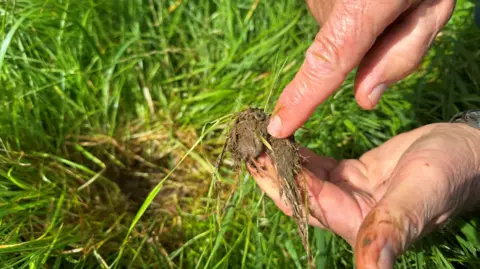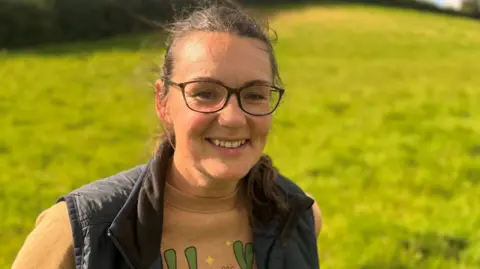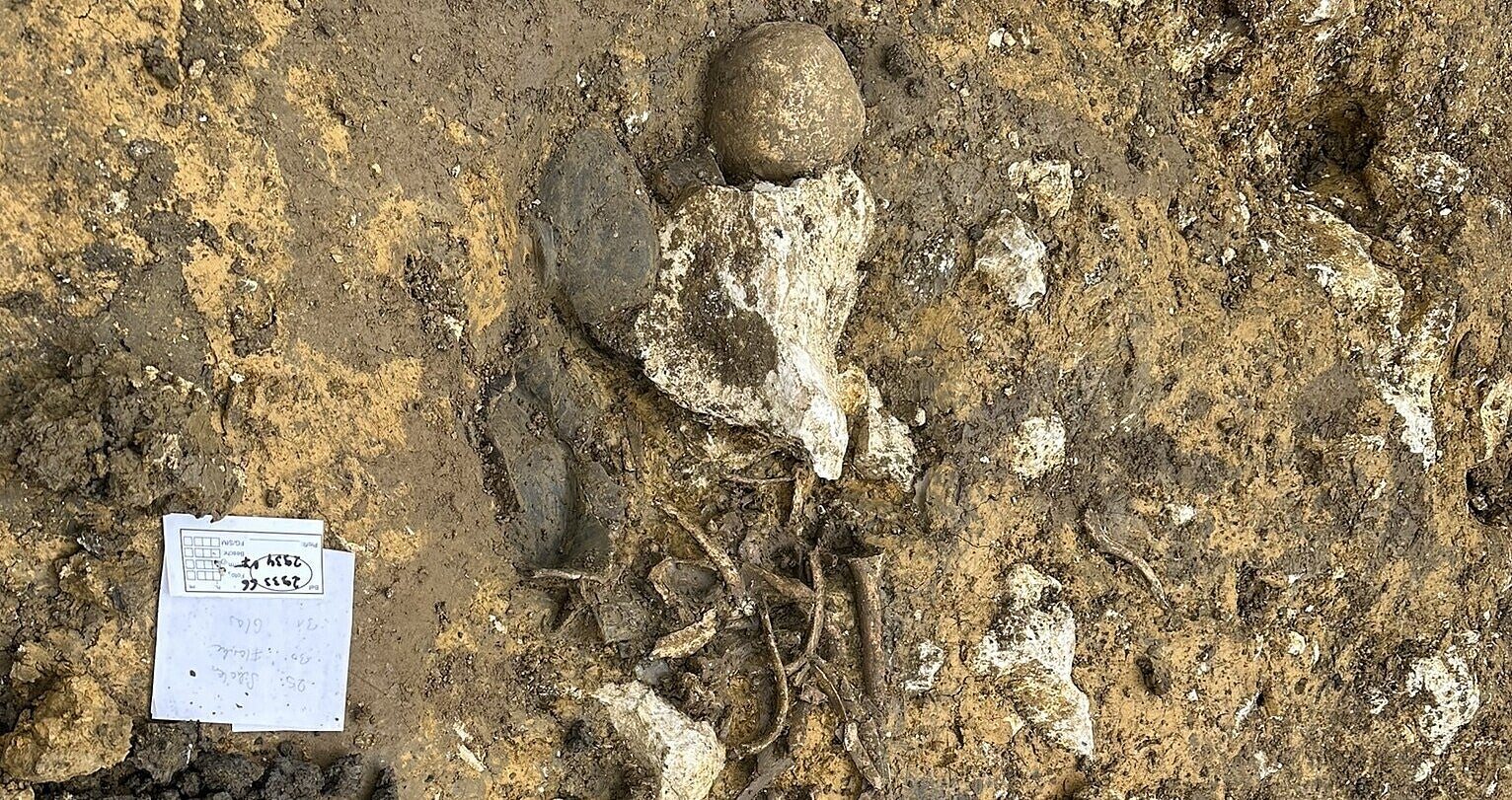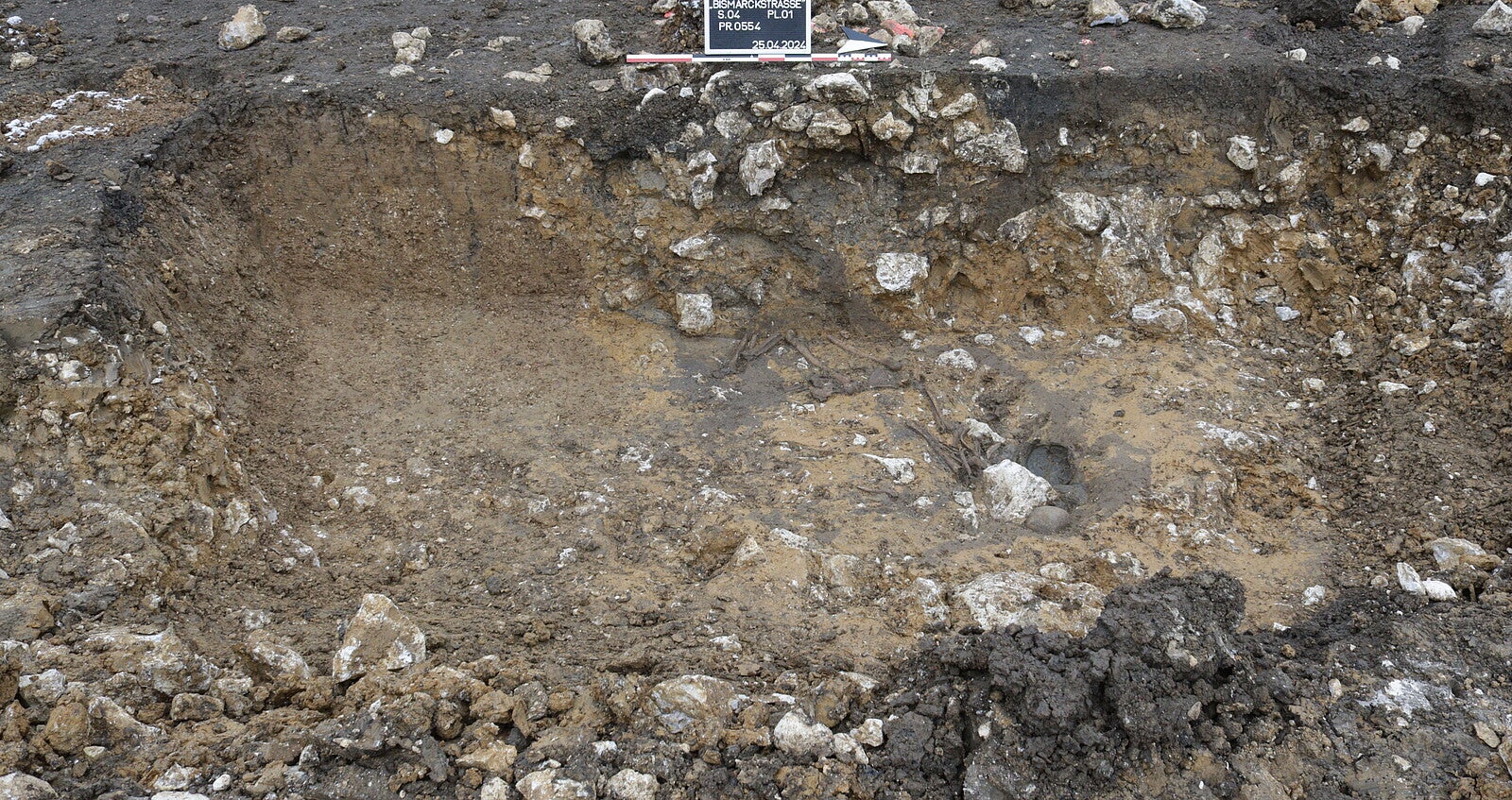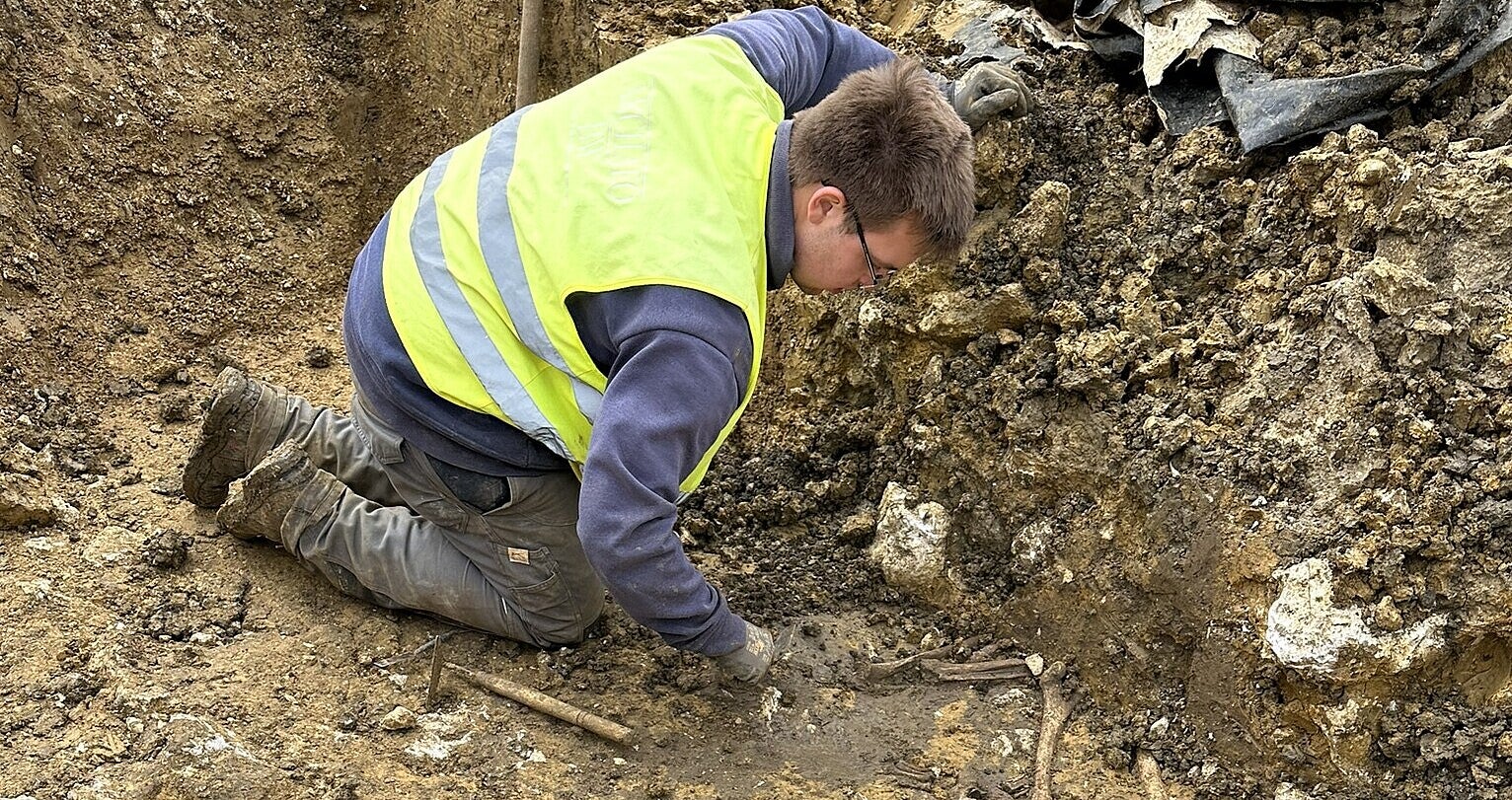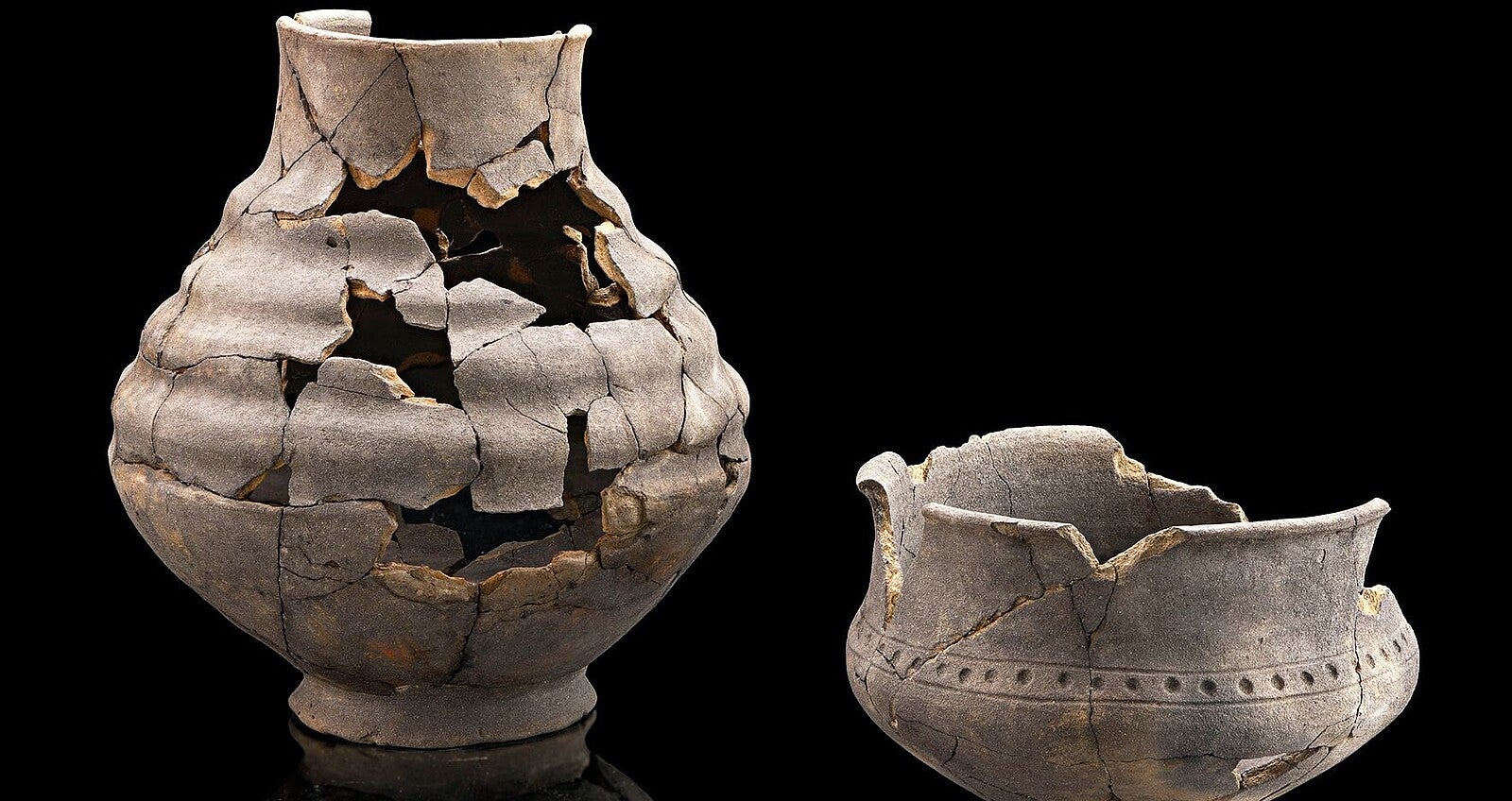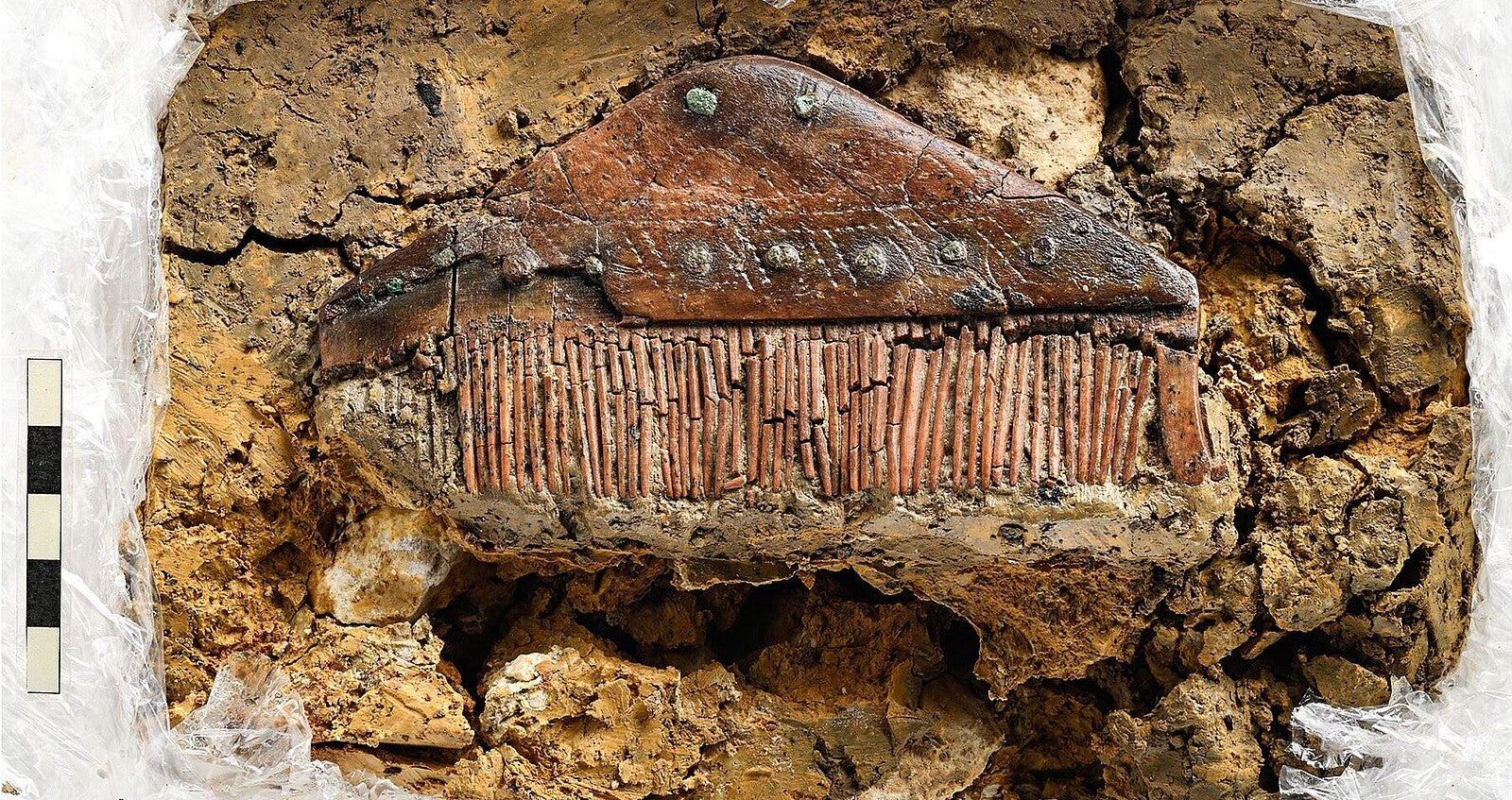Euractiv.com with Reuters

Executive Vice President of the European Commission for An Economy that Works for People and European Commissioner for Trade Valdis Dombrovskis delivers the opening speech at the 5th World Conference on Cocoa, organised by the Belgian Ministry of Foreign Affairs and the International Cocoa Organisation (ICCO) in Brussels, Belgium, 22 April 2024.
[EPA-EFE/OLIVIER MATTHYS]
Euractiv is part of the Trust Project >>>
Ghana is piloting a system that traces cocoa beans from farm to port as it gears up for a new EU law banning the import of commodities linked to deforestation, a government official said on Thursday (5 September).
The landmark new law, which could in time reshape global commodity markets, comes into effect end of December.
It requires EU importers of coffee, cocoa, soy, palm, timber, beef and rubber to prove their supply chains are not contributing to deforestation anywhere in the world, or be fined up to 4% of their turnover.
“We have polygon-mapped all the cocoa in Ghana, established an end-to-end traceability system and successfully piloted (it),” Michael Amoah, from Ghanaian cocoa regulator Cocobod, told a webinar organised by environmental non-profit groups Fern and Mighty Earth.
Gearing up to comply with the new EU law is critical for Ghana. About 60% of the cocoa the country grows is exported to the EU and the industry employs about 17% of Ghana’s working population.
Nearly all the farmers growing cocoa in Ghana, the world’s second largest cocoa producer, are smallholders based in remote rural regions who, without government support, might struggle to comply with the law’s requirements.
These include providing buyers of their goods with geolocation co-ordinates that prove their farms are not located on land deforested after 2020.
“We are hoping what we’ve done will enable us to capture a greater percent of the EU market,” said Amoah.
Some commodity producers from Indonesia to Brazil have criticised the EU law, saying it is protectionist and could end up excluding vulnerable, small-scale farmers from accessing the bloc’s lucrative market.
Deforestation is the second leading cause of catastrophic climate change after the burning of fossil fuels.
Ghana is piloting a system that traces cocoa beans from farm to port as it gears up for a new EU law banning the import of commodities linked to deforestation, a government official said on Thursday (5 September).
The landmark new law, which could in time reshape global commodity markets, comes into effect end of December.
It requires EU importers of coffee, cocoa, soy, palm, timber, beef and rubber to prove their supply chains are not contributing to deforestation anywhere in the world, or be fined up to 4% of their turnover.
“We have polygon-mapped all the cocoa in Ghana, established an end-to-end traceability system and successfully piloted (it),” Michael Amoah, from Ghanaian cocoa regulator Cocobod, told a webinar organised by environmental non-profit groups Fern and Mighty Earth.
Gearing up to comply with the new EU law is critical for Ghana. About 60% of the cocoa the country grows is exported to the EU and the industry employs about 17% of Ghana’s working population.
Nearly all the farmers growing cocoa in Ghana, the world’s second largest cocoa producer, are smallholders based in remote rural regions who, without government support, might struggle to comply with the law’s requirements.
These include providing buyers of their goods with geolocation co-ordinates that prove their farms are not located on land deforested after 2020.
“We are hoping what we’ve done will enable us to capture a greater percent of the EU market,” said Amoah.
Some commodity producers from Indonesia to Brazil have criticised the EU law, saying it is protectionist and could end up excluding vulnerable, small-scale farmers from accessing the bloc’s lucrative market.
Deforestation is the second leading cause of catastrophic climate change after the burning of fossil fuels.






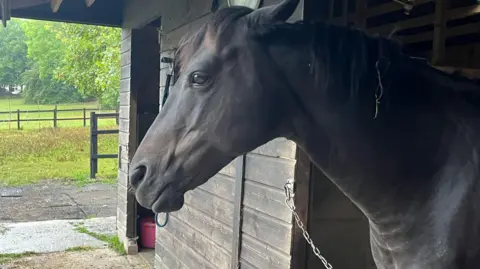


 Ferne Animal Sanctuary
Ferne Animal Sanctuary
